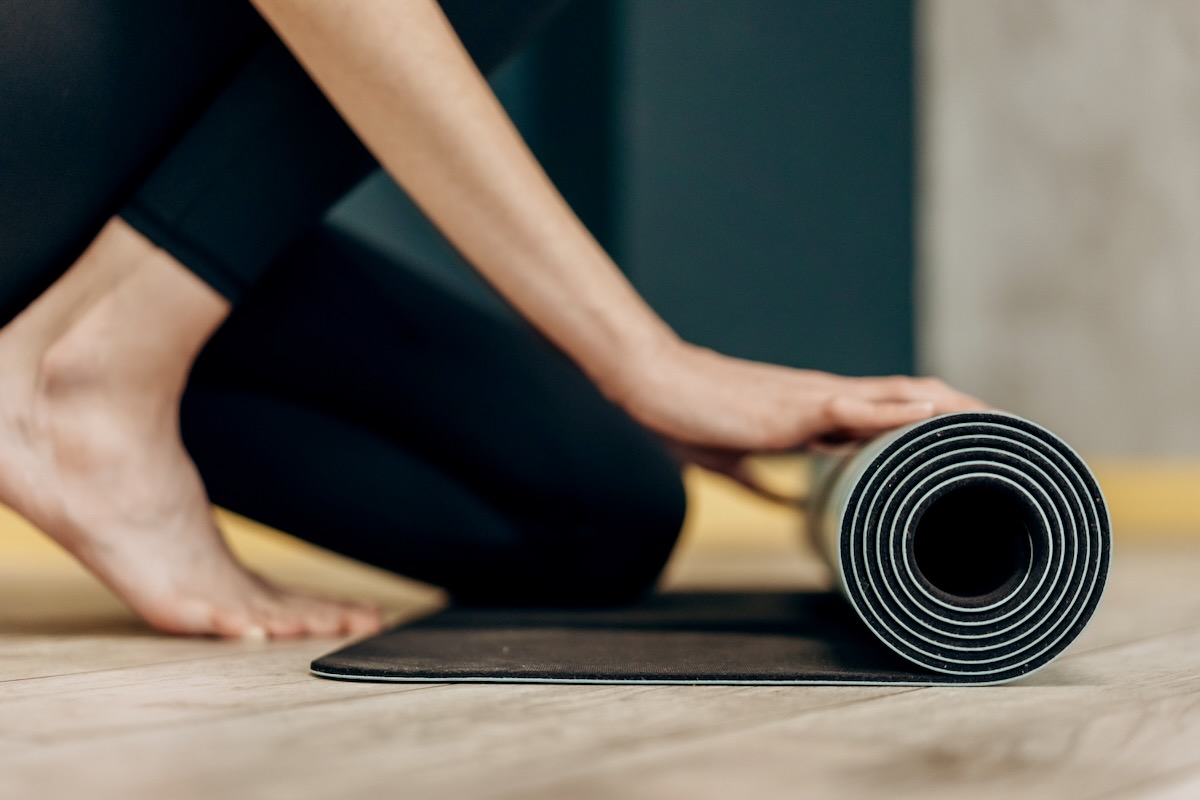If you have a lung condition, staying active might feel counterintuitive, but it can significantly improve your quality of life. Exercise helps your heart and lungs work more efficiently, increasing oxygen circulation and making daily activities easier. But what are the best home exercises for individuals with lung conditions? How frequently should you work out, and why is movement essential for those struggling with breathing difficulties?
These questions are crucial, especially as modern research continues to highlight the benefits of exercise for conditions such as chronic obstructive pulmonary disease (COPD), asthma, and interstitial lung disease. Even rare conditions like mesothelioma can cause significant fatigue and breathlessness, making tailored exercise programs essential. This guide delves into suitable home workouts, their frequency, and the latest scientific insights on why staying active is a game-changer for lung health.
Aerobic Exercises: Strengthening the Heart and Lungs
Cardio workouts improve how your body uses oxygen, making breathing more efficient. Aerobic exercises such as walking, stationary cycling, and even slow dancing can make a difference. According to recent studies, regular aerobic activity enhances lung capacity, boosts circulation, and reduces symptoms of breathlessness. But let’s be real: walking in circles around your living room can get boring. Why not spice things up? Play some upbeat music while cycling on a stationary bike, or take your dog for a stroll (bonus: your pup stays fit, too!). The key is to keep your body moving while ensuring you don’t push yourself too hard. If you notice excessive shortness of breath, slow down and take a break.
Resistance Training: Building Strength for Easier Breathing
Strength training isn’t just for bodybuilders—it’s vital for those with lung conditions. Research suggests that improving muscle strength, especially in the arms and legs, can reduce the effort required for everyday tasks like climbing stairs or lifting groceries.You don’t need fancy gym equipment to get started. Resistance bands, water bottles, or even your body weight can be effective.
Squats, lunges, and gentle weightlifting can help maintain muscle function. Try a simple seated leg lift: sit upright in a chair, extend one leg, hold for five seconds, then lower. Repeat on the other side. Over time, this improves mobility and reduces breathlessness.
Stretching: Enhancing Flexibility and Posture
Posture matters more than you think when it comes to breathing. Poor posture can restrict lung expansion, making it harder to take deep breaths. Stretching exercises improve flexibility and help align your body for optimal lung function. A simple stretch to start with is the chest opener: stand tall, clasp your hands behind your back, and gently pull your shoulders back while taking a deep breath.
Another effective move is the cat-cow stretch, which involves arching and rounding your back while on all fours. These exercises not only aid breathing but also help relieve tension.
How Often Should You Exercise?
Experts recommend at least 20 to 30 minutes of moderate exercise three to four times a week. However, the best workout routine is the one you can stick with. Listen to your body—if you feel lightheaded, experience chest pain, or struggle with oxygen levels, pause and consult your doctor. Consistency is key. Start slow and gradually increase your intensity. If 10 minutes of walking feels too much, try five minutes today and add a minute each day. The goal isn’t to become an athlete overnight but to build endurance and improve daily function.
The Benefits of Exercise for People with Lung Conditions
Staying active with a lung condition is like greasing a rusty door hinge—it keeps things moving smoothly. Regular exercise strengthens respiratory muscles, improves blood circulation, and reduces breathlessness. But the benefits don’t stop there. Exercise has been shown to lower blood pressure, enhance sleep quality, and reduce stress levels.
It also improves mood and self-confidence, which is essential for those managing chronic illness. Imagine being able to climb stairs without stopping every few steps or playing with your grandchildren without gasping for air. That’s the power of movement.
Exercise doesn’t have to be a daunting task. Whether it’s a short walk, a few squats, or light stretching, every movement counts. The latest research confirms that an active lifestyle significantly enhances lung function, making life more enjoyable. But always check with your doctor before starting a new workout routine—your lungs will thank you.













